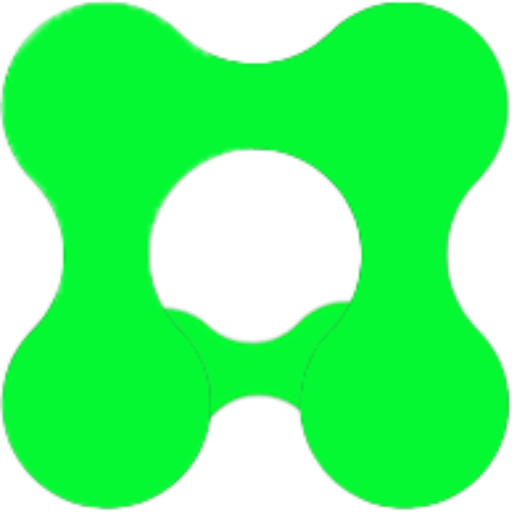
2008
Filmographic Sculptures
“I greatly appreciate these works made from films on video cassettes. Each film is chosen meticulously, like Hitchcock’s “Birds”, and is used without being cut. It is then fixed on a medium that allows the viewer to see the entire film without actually watching it.
This artistic approach awakens our curiosity about the nature of the cinematic experience. By exhibiting the film in a physical, linear form, the work challenges our usual expectations of narrative and temporality. Does the film, when presented in this way, arouse in us the same emotions or the same thoughts? Or does this radical transformation of the medium reveal other facets of film that we would not otherwise have considered?
[row_inner_3] [col_inner_3 span__sm=”12″]Arsen Eca
[/col_inner_3] [/row_inner_3]In the contemporary context of phygital art, Arsen ECA stands out by taking daring paths. Situated at the confluence of the tangible and the digital, his work echoes a deep exploration of cinema, the raw material for his unique sculptures. The Parisian artist is not content with a superficial homage to cinematic masterpieces, he reincarnates them in a three-dimensional space, offering the viewer a material reinterpretation of the intangible.
Eca’s work on full-length films crystallizes the essence of iconic stories such as Alfred Hitchcock’s “The Birds.” Each film is presented in its entirety, transmuted into sculptural form. The approach goes beyond a simple representation; it invites a profound rediscovery, offering the viewer the experience of seeing the entire film in an instant. It is a condensed visual journey, where every scene, every dialogue, every dramatic tension is encapsulated in a physical structure. The expression “see a film” is reinvented here, it transcends the linear to embrace the spatial.
The viewer is invited to reflect on time, emotion and collective memory. In the exhibition space, he is no longer simply a passive spectator, but becomes an actor in the artistic experience. It interacts with the film in a new way, where the gaze is no longer only turned towards a screen, but circulates around a sculptural entity, exploring details, nuances and emotions under a renewed prism.
Eca’s approach also questions our relationship to cinema in an era saturated with images. In a world where screens dictate the daily rhythm, the artist offers a pause, a moment of contemplation and reflection. Eca’s works are not simple static objects, they are windows open to the collective imagination, they resonate with buried emotions and memories shared by generations of spectators.
By integrating the entirety of the films into his sculptures, Eca is not only pushing the boundaries of phygital art, he is engaging in a poetic conversation between the past and the present, between collective memory and individual experience. Each sculpture is an ode to the magic of cinema, an invitation to revisit shared emotions, to reflect on the lasting impact of cinematic stories and to consider art in a new light. Cinema is no longer a series of moving images, but an ecosystem of palpable emotions, a topography of collective memory that the spectator is invited to navigate, feel and question.

